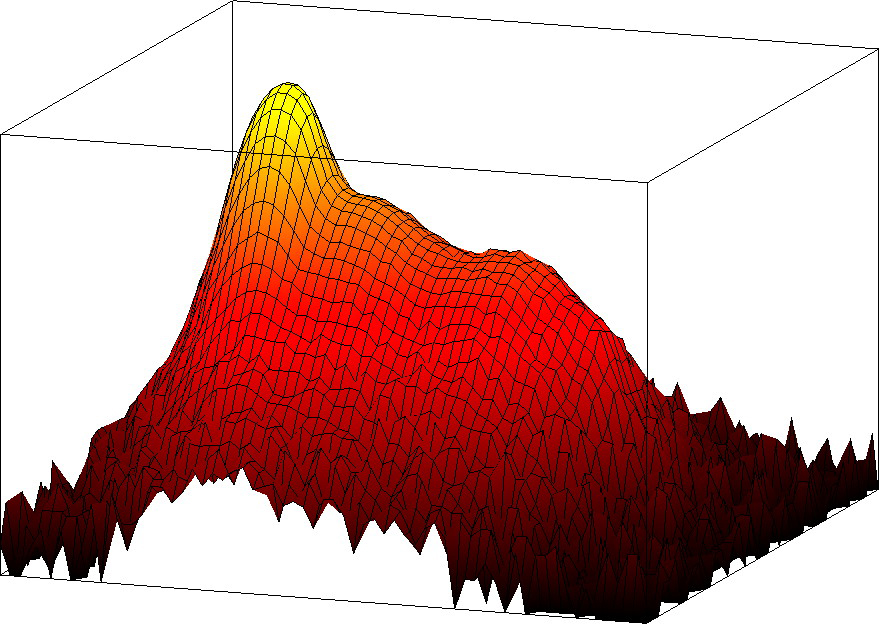
Tata Steel Professor of Metallurgy
MA University of Cambridge
PhD University of Cambridge
High-Temperature Materials
The ongoing drive for improved fuel efficiency and reduced emissions from gas-turbine aeroengines continues to demand new materials capable of tolerating ever higher service temperatures. At present, the majority of these applications are served by nickel-base superalloys, but new materials are now also being considered as potential successors to these alloys in many applications.
Nickel-base superalloys
The outstanding combination of properties of nickel-base superalloys has led to their widespread use in hot-section aeroengine components. By developing an improved understanding of the relationship between the alloy composition, microstructure and properties, and how these are influenced by the processing and service conditions, we are developing new alloys with superior properties than their predecessors.
Novel high-temperature materials
Novel materials that may provide viable alternatives to nickel-base superalloys in high-temperature applications such as aeroengines are also being investigated. While no material improves on conventional nickel-base superalloys in all regards, an understanding of the conditions that must be tolerated by individual components is leading to the identification and development of novel materials that may enable higher temperatures, stresses, longer lives or lighter components to be achieved.
In-situ characterization of phase transformations
Modern diffraction-based techniques using neutron and synchrotron sources such as the ISIS and ILL neutron sources and the European Synchrotron Radiation Facility offer powerful methods for the in-situ characterisation of crystal structures in metals and alloys. With these methods, phase transformations and deformation behaviour are being studied on timescales of milliseconds and with very high resolution, providing unique insights into these processes.
| Reciprocal lattice point of a fundamental reflection from a fourth-generation single-crystal nickel-base superalloy obtained by synchrotron X-ray diffraction |  |
- Divya, V.D., Muñoz-Moreno, R., Messé, O.M.D.M., Barnard, J.S., Baker, S., Illston, T., Stone, H.J., "Microstructure of selective laser melted CM247LC nickel-based superalloy and its evolution through heat treatment", (2016) Materials Characterization, 114, pp. 62-74
- Mignanelli, P.M., Jones, N.G., Pickering, E.J., Messé, O.M.D.M., Rae, C.M.F., Hardy, M.C., Stone, H.J., "Gamma-gamma prime-gamma double prime dual-superlattice superalloys", (2017) Scripta Materialia, 136, pp. 136-140
- Goodfellow, A.J., Galindo-Nava, E.I., Christofidou, K.A., Jones, N.G., Martin, T., Bagot, P.A.J., Boyer, C.D., Hardy, M.C., Stone, H.J., "Gamma Prime Precipitate Evolution During Aging of a Model Nickel-Based Superalloy", (2018) Metallurgical and Materials Transactions A: Physical Metallurgy and Materials Science, 49 (3), pp. 718-728
- Owen, L.R., Playford, H.Y., Stone, H.J., Tucker, M.G., "A new approach to the analysis of short-range order in alloys using total scattering", (2016) Acta Materialia, 115, pp. 155-166
- Mignanelli, P.M., Jones, N.G., Hardy, M.C., Stone, H.J., "On the Time-Temperature-Transformation Behavior of a New Dual-Superlattice Nickel-Based Superalloy", (2018) Metallurgical and Materials Transactions A: Physical Metallurgy and Materials Science, 49 (3), pp. 699-707.
